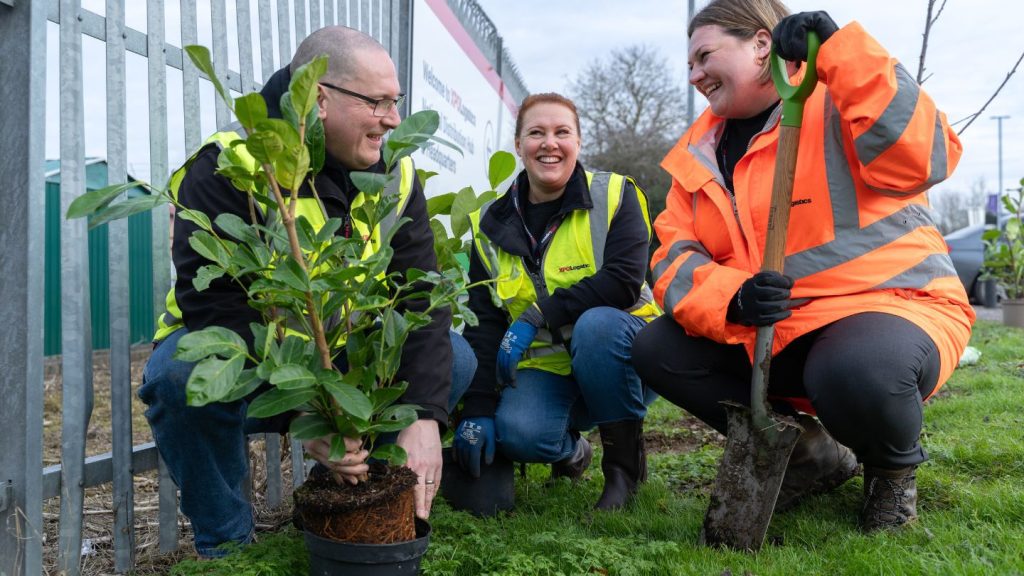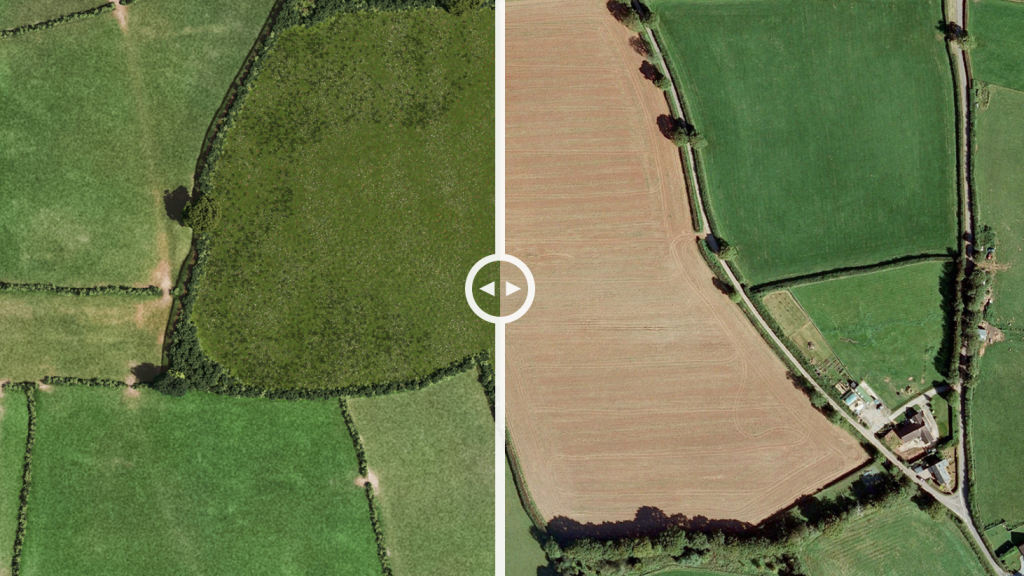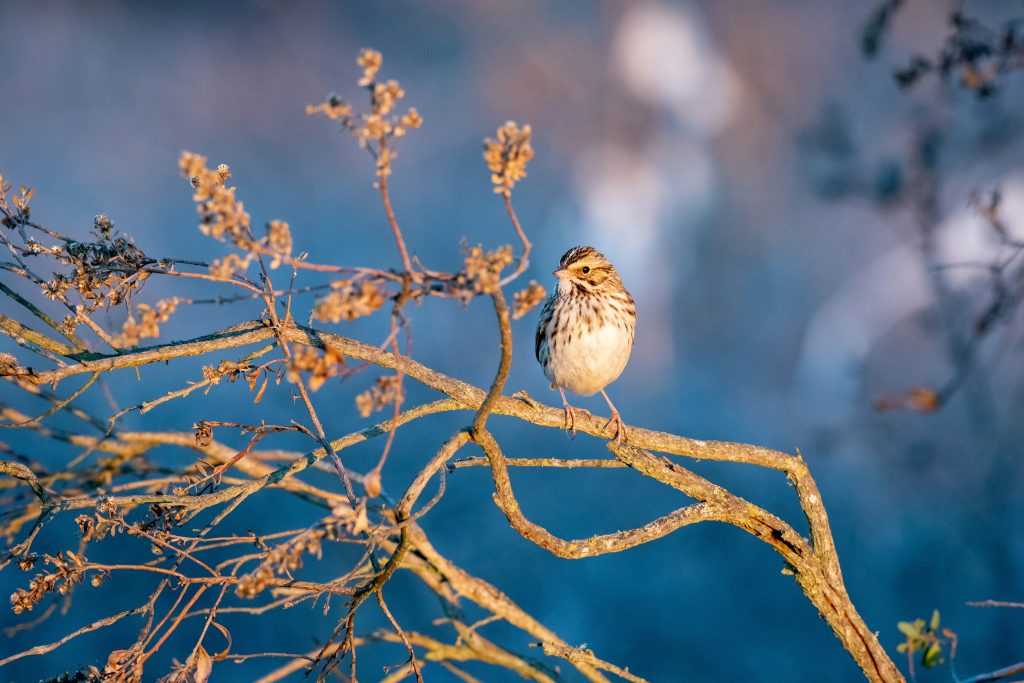Biodiversity is at the heart of XPO Logistics’ new initiative to enhance natural ecosystems at its sites across the UK and Ireland.
The ‘Nature Network’ project supports XPO’s commitment to sustainability by reducing CO2 emissions and improving the environment around its depots. The company’s headquarters in Crick, Northamptonshire, will be the first to implement these changes, with plans to expand the project to multiple sites in 2025.
As part of the initiative, two acres of land at Crick will be planted with around 20 varieties of wildflowers and 50 native UK trees. These include blossoming and fruit-bearing trees such as apple and damson, as well as large canopy trees to create nesting spaces for birds. Any harvested fruit will be made available in the onsite canteen.
XPO Logistics is also introducing beehives at its Crick headquarters to produce honey for staff and visitors. One hive is already in place, with plans to expand to five, further promoting biodiversity and sustainability across the site.
Wildflowers and herbs – which will be available again for the cafeteria or staff to use – will be planted in 30 planter boxes and 20 wall box racks.
A wormery will also take care of some of the cafeteria waste, while bug hotels and hibernation houses will help insects and hibernating species find a safe home. The shrub hedge—which will run 80 metres along the fence line with neighbouring company sites—will also provide extra natural habitats and cover for animals and insects.
XPO Logistics Crick site is also beginning a new landscaping regime, which includes less cutting of grass and of the existing trees in the main car park area. This will also help to encourage wildflower growth. The pond area will also be enhanced to encourage amphibians, invertebrates, and insects to become part of a thriving ecosystem and ensure a Biodiversity Net Gain.
While each of these measures will improve the environment for the animals and insects in and around the site, it will also benefit the colleagues who work there, creating a more natural, relaxing atmosphere for them to enjoy during breaks. Staff are also encouraged to volunteer during the working day when appropriate to develop the ‘Nature Network’ project, meaning their time used to nurture nature on the sites will be covered by the business, providing an additional benefit.
Dan Myers, managing director—UK & Ireland, XPO Logistics, said, “Each of these initiatives is a small step to improving the local environment and habitat. The passion the team has shown for enhancing biodiversity has been inspirational. This is another small step in addressing the overall sustainability of our business.”
XPO Logistics is a leading innovative supply chain company in Europe, offering end-to-end logistics solutions that combine full-truckload, less-than-truckload, pallet distribution, dedicated delivery service, last-mile delivery, global freight forwarding, and warehousing services. The company tailors its solutions to the specific needs of its customers in a wide range of industrial and consumer sectors.



